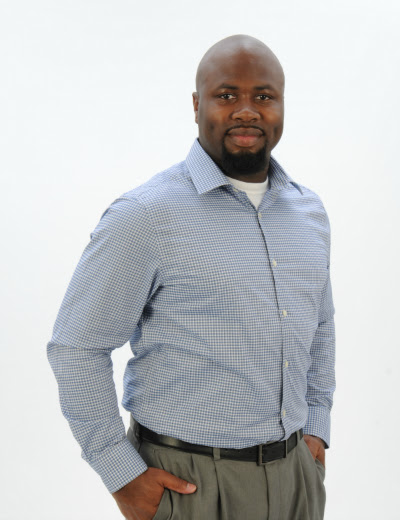COMMON QUESTIONS ANSWERED
Here are some answers to some common questions about Cardiopulmonary Resuscitation (CPR). Do you have a CPR question that needs answering? Fill out a contact form and we’ll answer it for you!
1. What is CPR?
CPR refers to a set of techniques consisting of compressions and breaths that people can use to assist cardiac arrest victims. If a person experiences cardiac arrest, the heart suddenly stops beating, and blood stops flowing to the brain and other organs. And if cardiac arrest goes unaddressed, a victim may die within minutes.
With CPR certification, an individual will understand exactly what it takes to administer CPR to cardiac arrest victims. This person can go above and beyond the call of duty to provide support in cardiac emergencies, as he or she will know how to perform various life-saving techniques.
Having said that, we believe that the value we bring to the table is not industry expertise — which you already possess in abundance — but rather an understanding of what investors like to see in a potential opportunity.
2. When should I perform CPR?
CPR should be performed on individuals who have stopped breathing or no longer have a heartbeat. As such, anyone can perform CPR techniques and become an immediate life-saver.
For those who lack CPR training, the American Heart Association (AHA) recommends hands-only CPR. This involves the use of uninterrupted chest compressions at a rate of 100 to 120 beats per minute. Additionally, hands-only CPR should be performed until advanced medical personnel arrive on the scene.
If a person is CPR-certified, he or she can use a combination of chest compressions and rescue breathing to assist a cardiac arrest victim. The AHA recommends beginning CPR with 30 chest compressions before administering 2 rescue breaths.
3. What is the minimum age to learn CPR?
There is no minimum age to learn CPR. The ability to perform CPR is based on body strength rather than age, and the AHA points out studies have shown children as young as nine years old can learn and retain CPR skills.
When it comes to CPR training, there is no reason to wait. Parents and teachers can educate kids about the importance of CPR. By doing so, they can teach children how to assist in cardiac emergencies — something that could prove to be the difference between life and death for cardiac arrest victims who could be someone they know.
4. What is included in a CPR course?
A CPR course generally focuses on the following topics:
· Adult, Child and Infant CPR: Teaches students how to perform CPR on cardiac arrest victims of all ages.
· Use of an Automated External Defibrillator (AED): Educates students about AEDs, how these devices work and where to find them in public settings.
· Support for Conscious and Unconscious Choking Victims: Ensures students know how to assist choking victims.
5. How can I become CPR-certified?
To become CPR-certified, individuals can enroll in classroom CPR classes or blended learning sessions that consist of an online portion of the courses and then a skills session with an instructor. In most instances, students can complete a CPR course in a matter of hours. Upon successful completion of a class, students will receive CPR certification that remains valid for up to two years.
Don’t miss out on an opportunity to become CPR-certified. Sign up for a CPR class today, and you can take the first step to become a life-saver in your community.
To learn more about CPR classes, please contact David Ashley the Lead Instructor of DCA Training Services at (912) 376–1750 or email at DavidCAshley87@gmail.com

